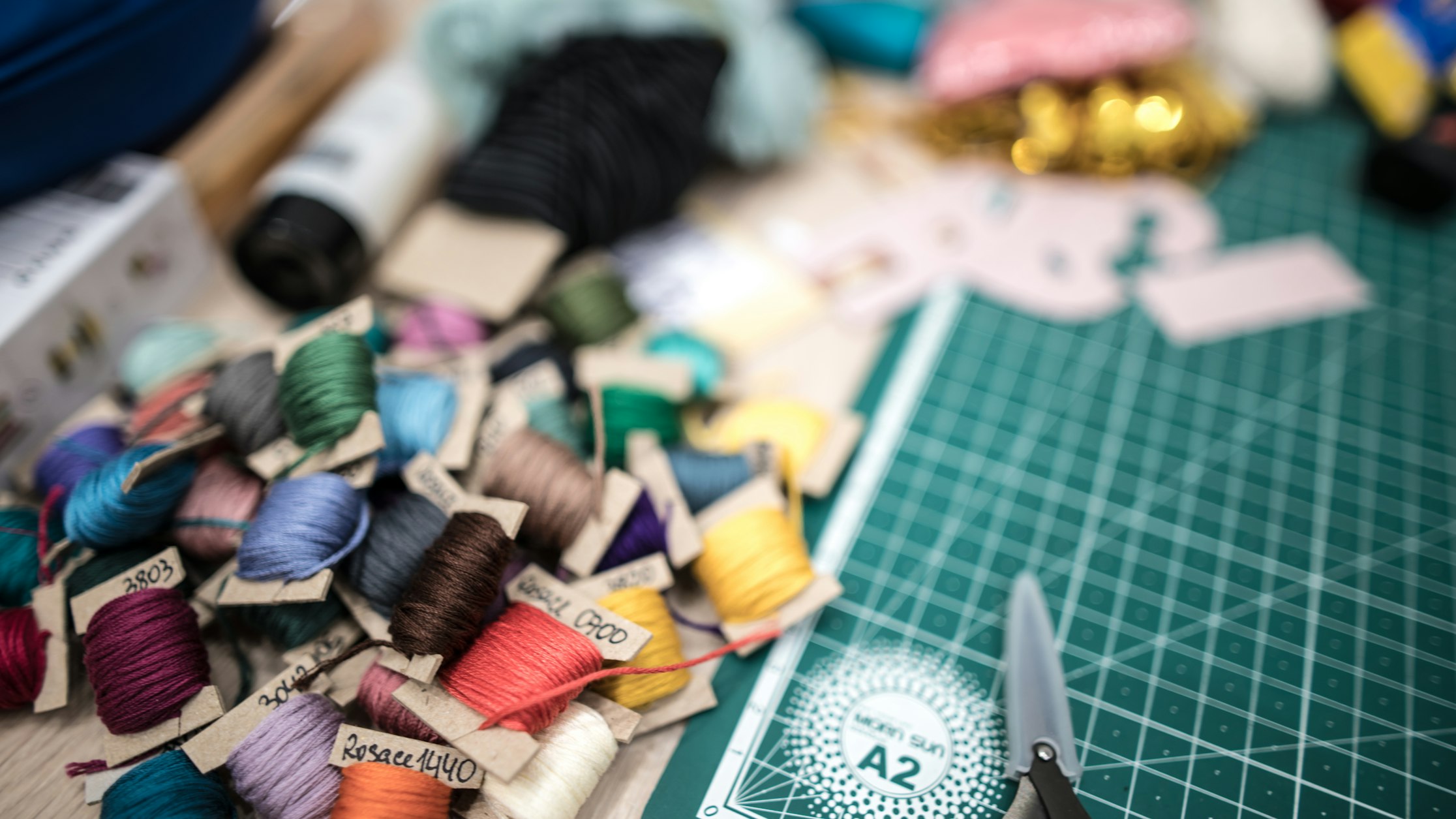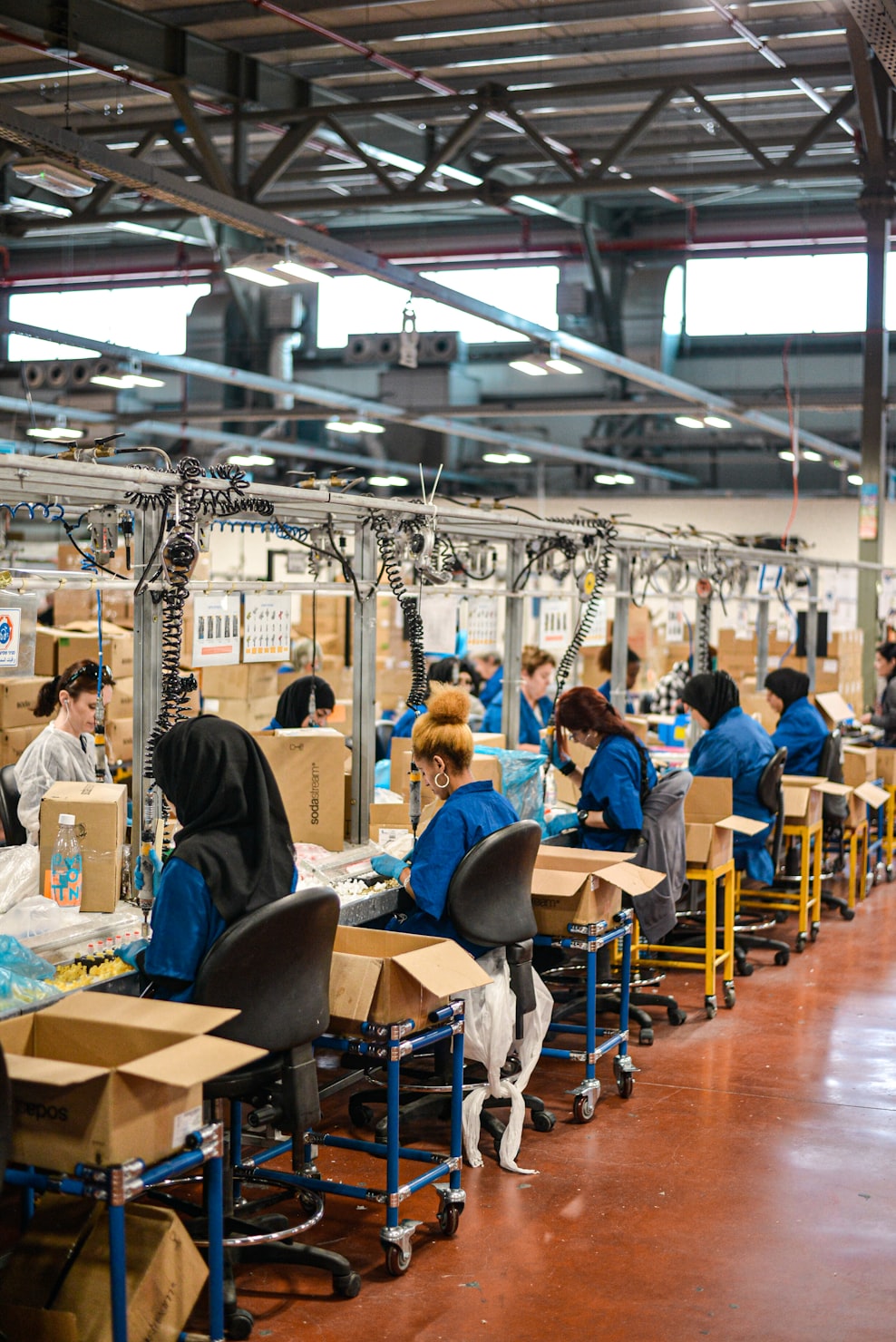Cotton continues to increase in demand. Despite being in the eye of the storm in the last year of the falsification of certifications and the scandal of Xinjiang, where much of China's cotton comes from, fashion continues to place cotton at the spearhead of its commitment to "more sustainable" raw materials. This year alone, world production will soar by 48%, to around 400,000 tons, according to data from Textile Exchange.
In 2020, world production of sustainable cotton was almost 250,000 tons, 10,000 more than the previous year. The fiber has been in uninterrupted growth for four years, and made its biggest jump in ten years in 2019, at 239,787 tons. Despite the positive trend, sustainable cotton falls short of 1% of global cotton production.
Better Cotton
In the case of certification, the most recognized seal or label is the Better Cotton Initiative. In turn, as a result of demand, brands and distributors are promoting BCI. In addition, among the world's consumers, the one who is most aware of these sustainable and responsible products is the European consumer. Better Cotton is a non-profit organization to which most of the major industries in the world cotton conglomerate belong.
The Better Cotton Initiative was founded in 2005 by a group of institutions concerned about the future of cotton and its producers. The leader of the group was WWF, the World Wildlife Fund. However, it was not until 2009 that it was legally constituted. That same year it launched the first version of its global standard.
Its primary mission is not to improve the sustainability of cotton but to help cotton communities thrive. Second, but closely related, is the protection and restoration of the environment. Its mission is to achieve, in a global way, better cotton production for its producers, for the environment in which it grows, and for the future of the sector.
In other words, it seeks to transform world production by developing sustainable cotton through compliance with the standards established and demanded by the organization itself, ranging from the way cotton is grown to the highest social and labor requirements, including the rest of the links in the textile chain. In recent times, consumers are more conscious of acquiring products considered sustainable and responsible and in turn, seek reliable seals to identify them.
Sustainable Cotton is in Demand in Europe
In the case of Europe, the EU produces 360,000 tons of fiber, equivalent to 1.5 million bales per year. Seventy-five percent of the cotton produced in Europe is exported to areas of the world where most of the spinning and clothing industry is located, the remaining 25% is consumed by the European textile industry, covering 40% of its internal needs.
However, a large part of the European cotton exported returns as finished textile products, and it is not in vain that the European market is the second largest consumer of finished textile products.
Markets and production yards that work primarily for European brands are pushing to buy BCI cotton. This includes the main target markets for Spanish cottons, such as Bangladesh, Turkey, India, and Pakistan. Also, the main origins competing with Spanish cotton in those markets such as Brazil, West Africa, and Greece, already have the BCI program in place.
As the largest sustainable cotton program in the world, Better Cotton aims to transform cotton production worldwide by making sustainably-sourced cotton the mainstream. A sharp increase in the demand for sustainable cotton was first seen in the mid-2000s, and so the BCI was established by stakeholders to break the conventional chains that were threatening the entire market.

